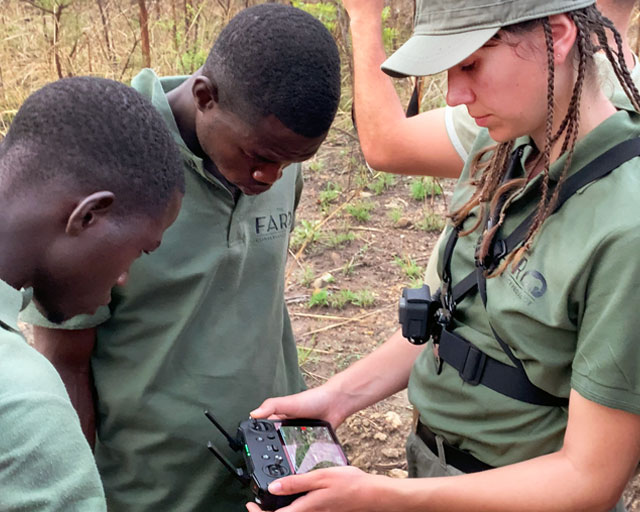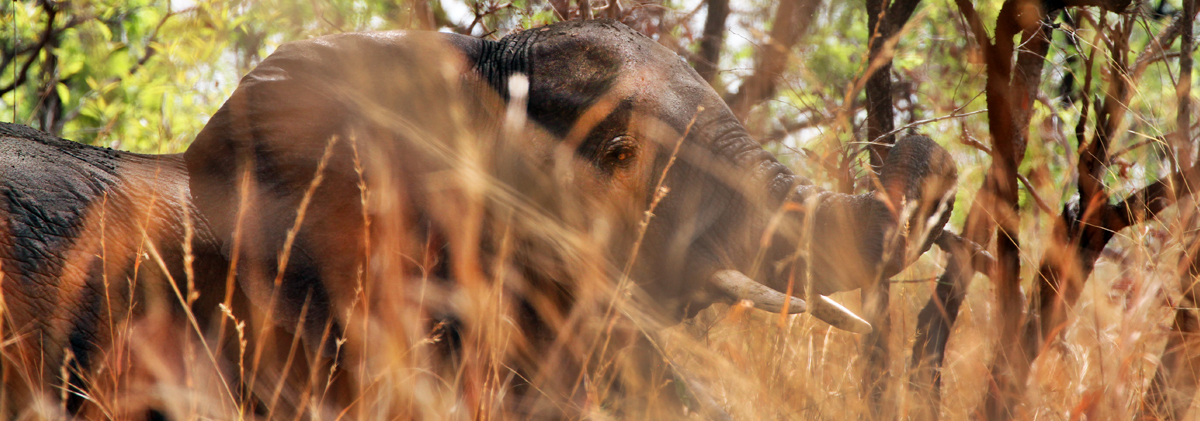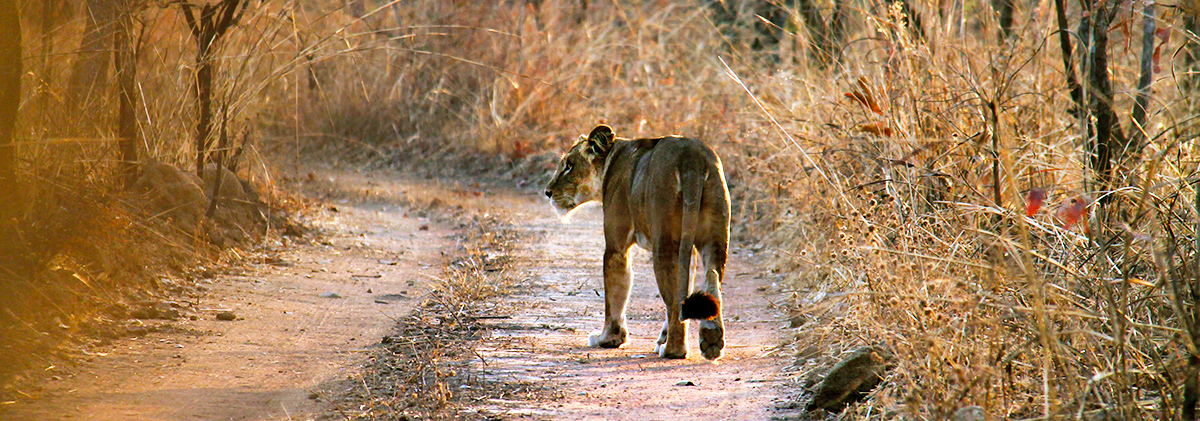
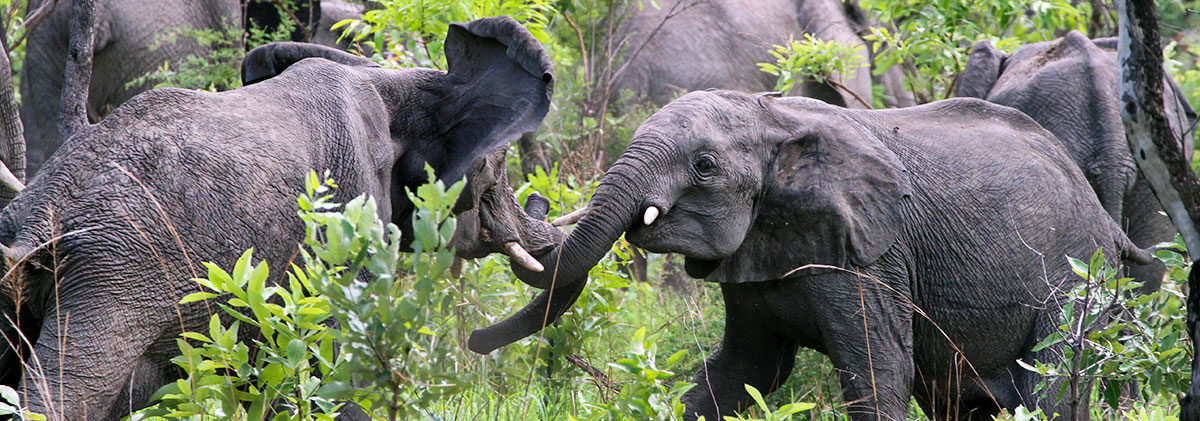
5 November 2022
THE 3 INTERDEPENDENT CONSERVATION PILLARS
The Protected Areas (PA) across Northern Cameroon are threatened by several illegal and environmentally damaging practices: cross-border cattle ranching, unauthorized cutting of trees (mainly for livestock fodder, fuel, or the sale of construction materials), poaching (especially at a commercial scale for bushmeat), gold mining, illegal fishing, and incursive cross-border agriculture.
These conflicts of use and other harmful activities (such as the lack of waste management or veterinary controls on livestock and domestic dogs in villages neighboring the protected areas, etc.) pose immediate threats to biodiversity, interconnected & interdependent ecosystems, and human security. These threats are exacerbated by the following three phenomena, which contribute to increased pressure on natural resources:
First, due to extreme population growth and population displacement from the Far North (due to economic, environmental, political crises, and terrorist pressure, etc.), we are witnessing an influx of populations around and within the protected areas & national parks of Northern Cameroon.
In addition, dynamic economic sectors (notably the cotton and mining sectors) are shaking up paradigms, with markets that present colossal stakes. The populations are involved in these sectors, which quickly provide them with a social anchorage.
Finally, pastoralism is going through a period of crisis that is manifested by extensive nomadic or semi-nomadic pastoralism that is finding it increasingly difficult to find corridors for transhumance, which is causing conflicts between agriculture and pastoralism. This reinforces a tendency to invade protected areas.
These conflicts of use and other harmful activities (such as the lack of waste management or veterinary controls on livestock and domestic dogs in villages neighboring the protected areas, etc.) pose immediate threats to biodiversity, interconnected & interdependent ecosystems, and human security. These threats are exacerbated by the following three phenomena, which contribute to increased pressure on natural resources:
First, due to extreme population growth and population displacement from the Far North (due to economic, environmental, political crises, and terrorist pressure, etc.), we are witnessing an influx of populations around and within the protected areas & national parks of Northern Cameroon.
In addition, dynamic economic sectors (notably the cotton and mining sectors) are shaking up paradigms, with markets that present colossal stakes. The populations are involved in these sectors, which quickly provide them with a social anchorage.
Finally, pastoralism is going through a period of crisis that is manifested by extensive nomadic or semi-nomadic pastoralism that is finding it increasingly difficult to find corridors for transhumance, which is causing conflicts between agriculture and pastoralism. This reinforces a tendency to invade protected areas.
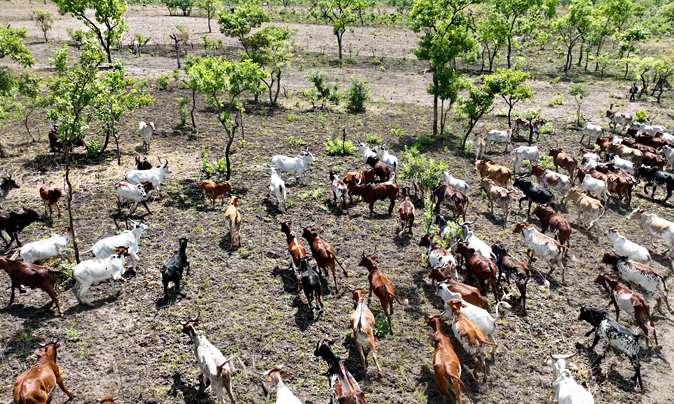
In theory, these pressures on natural resources should be limited and supervised by the Cameroonian government.
However, in practice, the influx is not formally regulated, but rather through mechanisms of agreements with customary authorities and rather opaque money circuits.
In theory, these pressures on natural resources should be limited and supervised by the Cameroonian government.
However, in practice, the influx is not formally regulated, but rather through mechanisms of agreements with customary authorities and rather opaque money circuits.
It is also important to note that most of the villages surrounding Protected Areas and National Parks are illegitimate, since the Constitution states that no village can be established within 50 km of a Protected Area boundary. Most of these villages did not exist at the time of the Protected Areas’ division. Thus, villages have been built with the indifference of the Cameroonian state, or with its complacency.
In addition, part of the benefits of the Protected Areas is collected by the government in the form of taxes (rental of protected areas, leasing taxes, others) which should be redistributed to local communities, notably in the form of incentives to motivate them not to perpetuate illegal activities and to limit any invasion of PAs. In reality, this policy of sharing the benefits of the conservation sector with local populations is not applied. Thus, local communities seek to meet their subsistence needs and have little choice but to resort to the unsustainable activities mentioned above.
In addition, part of the benefits of the Protected Areas is collected by the government in the form of taxes (rental of protected areas, leasing taxes, others) which should be redistributed to local communities, notably in the form of incentives to motivate them not to perpetuate illegal activities and to limit any invasion of PAs. In reality, this policy of sharing the benefits of the conservation sector with local populations is not applied. Thus, local communities seek to meet their subsistence needs and have little choice but to resort to the unsustainable activities mentioned above.
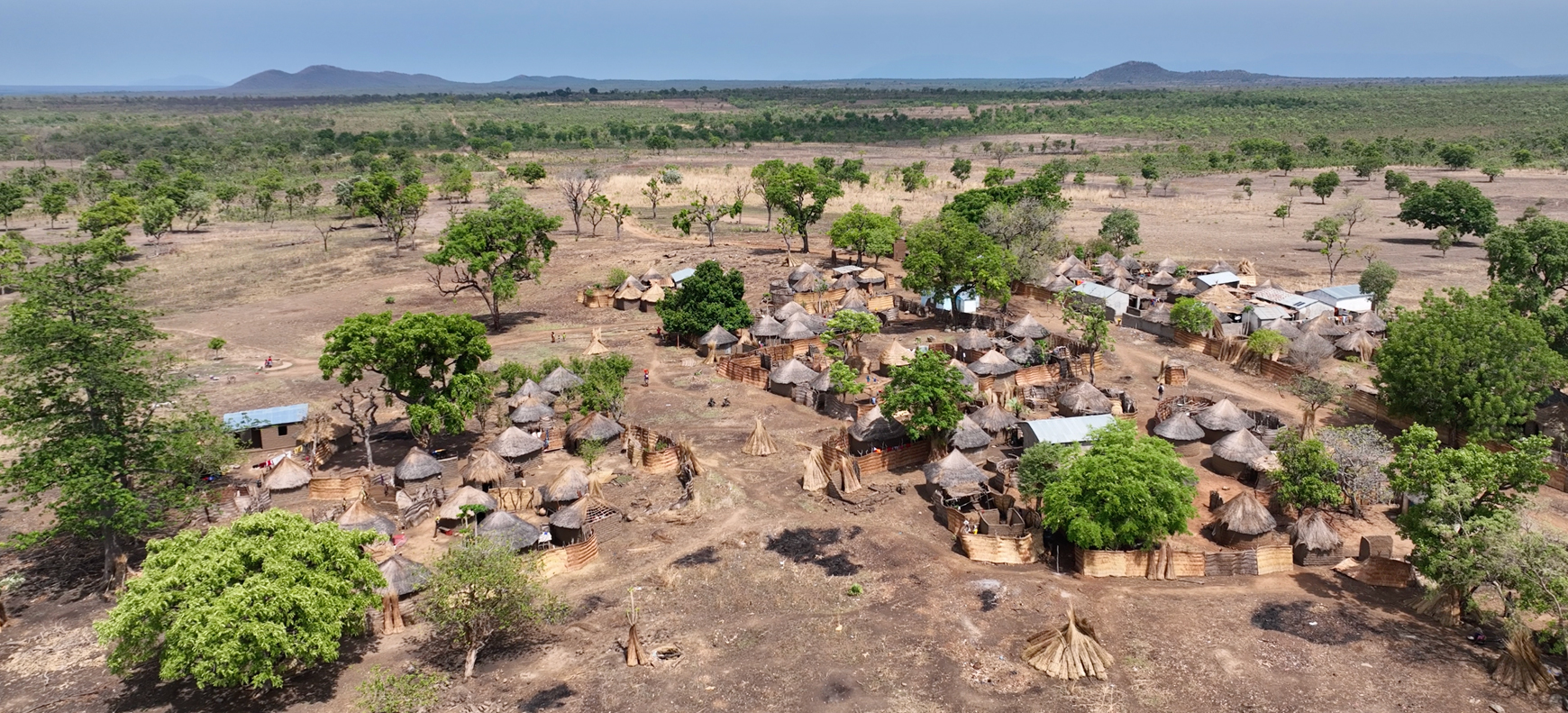
The determinants of biodiversity conservation, sustainable development of Protected Areas and improved territorial governance are three interdependent axes: (1) Better Landscape Surveillance & Anti-poaching, (2) a Strengthened Judicial System with real Enforcement of Sentences and (3) the Development of sound Economic alternatives.
On the other hand, our field observations over the past 50 years have shown that:
> Illegal actors have a better understanding of empirical anti-poaching techniques and often thwart the current strategies in place.
> When caught by anti-poaching teams, most of these actors escape the judicial circuit because they negotiate their release with customary authorities. The lack of political will, the lack of interest in the environment, the lack of budget allocated to conservation and the legal system, or the delay or incomplete payment of its civil servants by the state, favors these opaque negotiations, especially when the criminals caught are “only” herders, fishermen, poachers of common species or poachers of influence, woodcutters, or unidentified persons (apprehended in the bush without equipment, without identity papers, without a situation of flagrante delicto), which represents at least 95% of the apprehensions noted. This does not include cases where local authorities are amongst the sponsors of the illegal activities.
> Illegal actors have a choice of other, limited alternatives to meet their needs (employment in private sector in conservation organizations, anti-poaching, agriculture, livestock, trade, etc.), but prefer illegal activities, which are often more profitable and less restrictive in terms of supervision, working hours, etc.).
On the other hand, our field observations over the past 50 years have shown that:
> Illegal actors have a better understanding of empirical anti-poaching techniques and often thwart the current strategies in place.
> When caught by anti-poaching teams, most of these actors escape the judicial circuit because they negotiate their release with customary authorities. The lack of political will, the lack of interest in the environment, the lack of budget allocated to conservation and the legal system, or the delay or incomplete payment of its civil servants by the state, favors these opaque negotiations, especially when the criminals caught are “only” herders, fishermen, poachers of common species or poachers of influence, woodcutters, or unidentified persons (apprehended in the bush without equipment, without identity papers, without a situation of flagrante delicto), which represents at least 95% of the apprehensions noted. This does not include cases where local authorities are amongst the sponsors of the illegal activities.
> Illegal actors have a choice of other, limited alternatives to meet their needs (employment in private sector in conservation organizations, anti-poaching, agriculture, livestock, trade, etc.), but prefer illegal activities, which are often more profitable and less restrictive in terms of supervision, working hours, etc.).
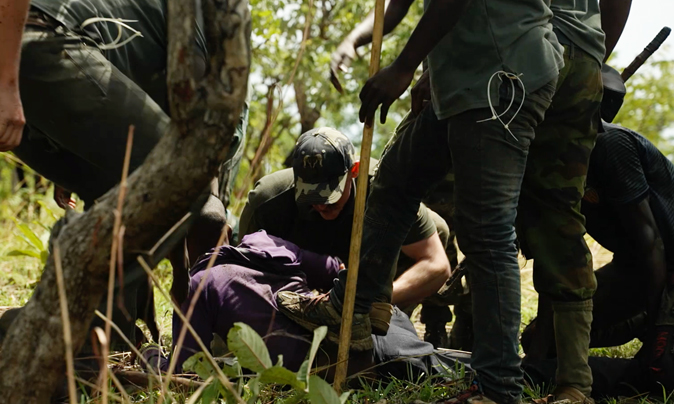
Conclusion: the risk is measured; the interests are significant. The game is worth the candle.
The challenge is therefore to recreate a healthy economic landscape, a landscape of opportunities and alternatives in order to divert local populations from illegal and environmentally damaging activities in favor of healthy, value-generating activities.
The challenge is therefore to recreate a healthy economic landscape, a landscape of opportunities and alternatives in order to divert local populations from illegal and environmentally damaging activities in favor of healthy, value-generating activities.
Conclusion: the risk is measured; the interests are significant. The game is worth the candle.
The challenge is therefore to recreate a healthy economic landscape, a landscape of opportunities and alternatives in order to divert local populations from illegal and environmentally damaging activities in favor of healthy, value-generating activities.
The challenge is therefore to recreate a healthy economic landscape, a landscape of opportunities and alternatives in order to divert local populations from illegal and environmentally damaging activities in favor of healthy, value-generating activities.
A strong surveillance and anti-poaching response within PAs, necessary for the multi-scale resilience of natural areas, must serve as a tool to serve these new economic opportunities as increased SURVEILLANCE and ENFORCEMENT in/around PAs directly promotes the exploration of ECONOMIC ALTERNATIVES for the people perpetuating environmentally harmful activities. Local communities must be fully involved.
Thus, the three conservation drivers listed above are absolutely interdependent and will not individually solve the problems of biodiversity conservation and local development.
The involvement of the members and beneficiaries of The Faro Conservancy Project is quite unique as some of us have been on the landscape for over 50 years. Some still spend more than 8 months/year in the field, close to local communities, illegal actors and conflict zones. It is this unparalleled credibility that allows us to provide concrete responses, directly targeting the conflicts observed on the field and the imbalances they cause.
Without a global and integrated approach, we will only postpone the degradation of the Protected Areas and the animal species that are their raison d’être, and which constitute a unique World Wildlife Heritage.
Thus, the three conservation drivers listed above are absolutely interdependent and will not individually solve the problems of biodiversity conservation and local development.
The involvement of the members and beneficiaries of The Faro Conservancy Project is quite unique as some of us have been on the landscape for over 50 years. Some still spend more than 8 months/year in the field, close to local communities, illegal actors and conflict zones. It is this unparalleled credibility that allows us to provide concrete responses, directly targeting the conflicts observed on the field and the imbalances they cause.
Without a global and integrated approach, we will only postpone the degradation of the Protected Areas and the animal species that are their raison d’être, and which constitute a unique World Wildlife Heritage.
WHY THIS BLOG ?
STAY TUNED
JOIN THE FIGHT
